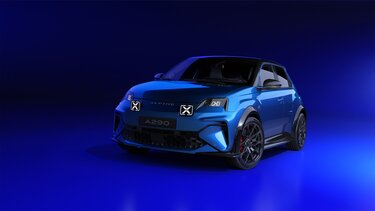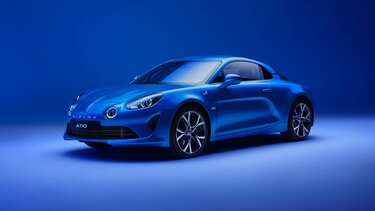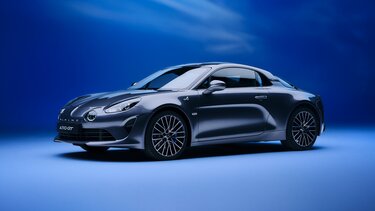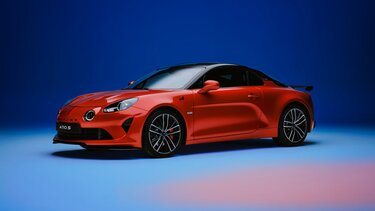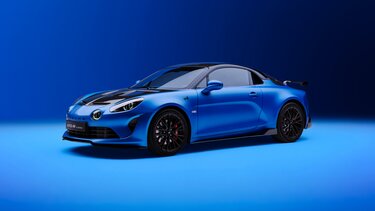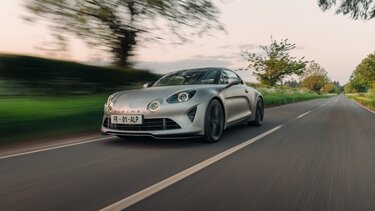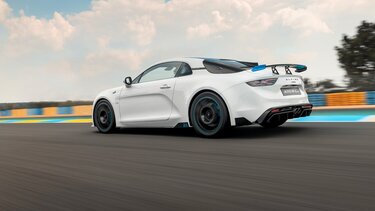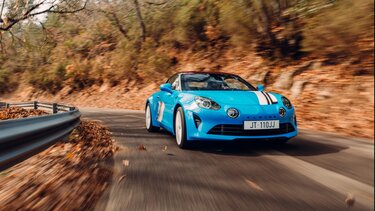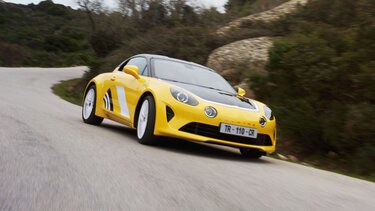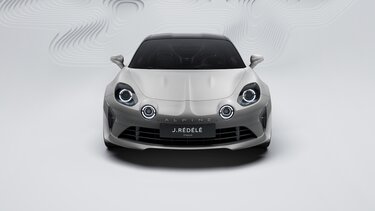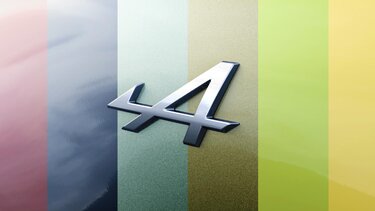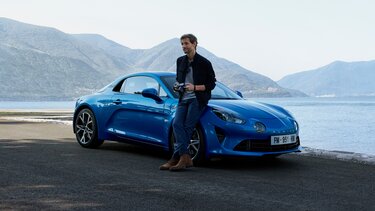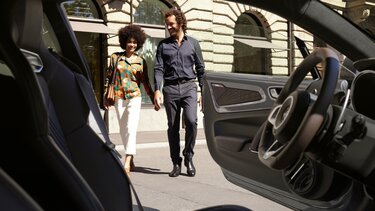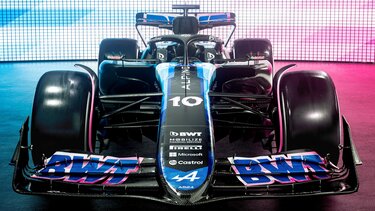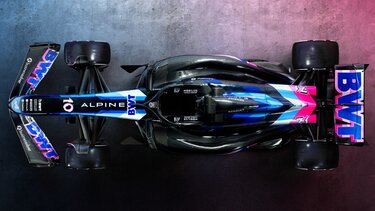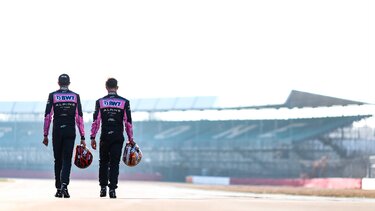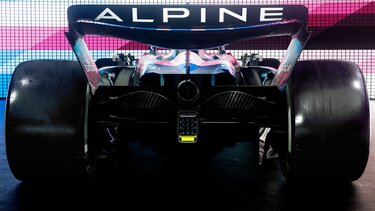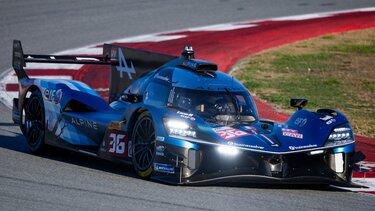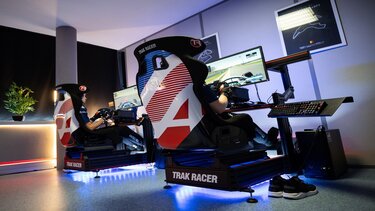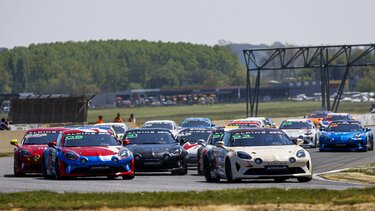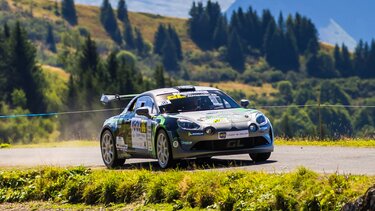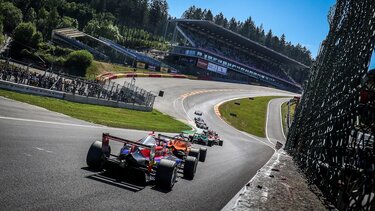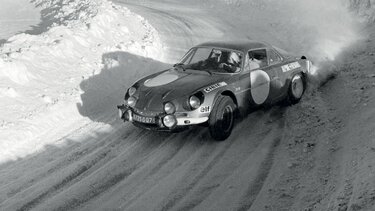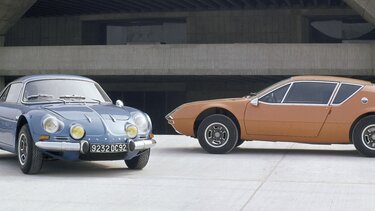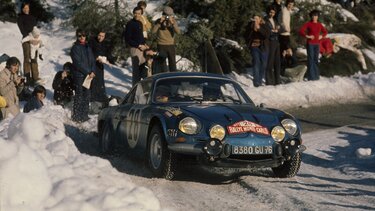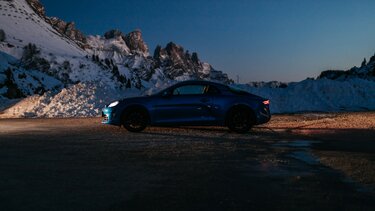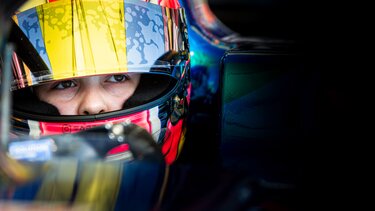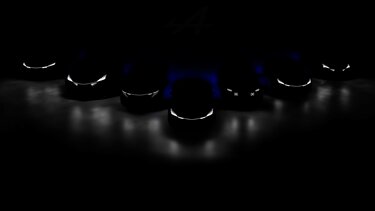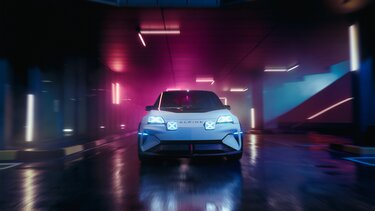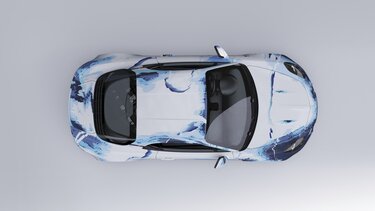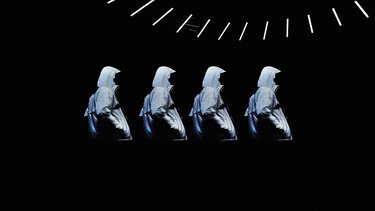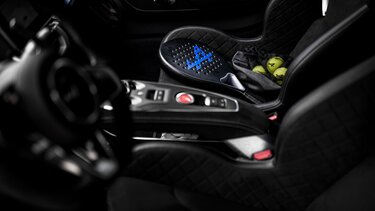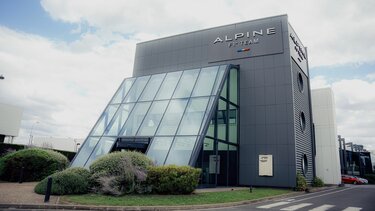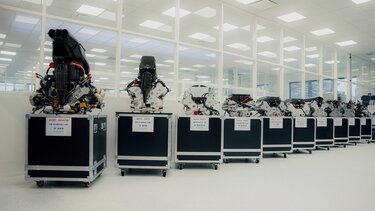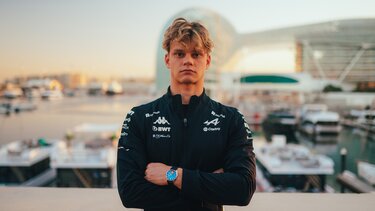ON THIS DAY… REMEMBERING 100 WINS AND HOW ALPINE HELPED RENAULT DEVELOP THEIR FIRST F1 POWER UNIT
3.4.2024
Renault power units achieved a momentous landmark on this day, April 3rd, 2005 when the engines developed at our Viry-Châtillon factory scored their 100th victory in Formula 1. Between our first race triumph in 1979 and the centennial milestone at the 2005 Bahrain Grand Prix, Renault engines powered a number of world championship titles — and have added a further 78 wins since that landmark race — to become the third most-successful engine manufacturer in the history of Formula 1.
But let’s rewind and focus on the journey of Renault’s arrival in Formula 1 as a power unit supplier. Our story begins five decades ago and directly involves Alpine — neatly mirroring the chassis-engine partnership between the two brands that continues in Formula 1 to this day.
Those original PUs have their roots in the Alpine-Renault coupés that dominated the World Rally Championship in the early 1970s, in addition to the sports cars that competed in the European 2-litre series. These machines used a completely new four-cam V6 engine designed by a young Renault engineer called François Castaing.
A change in the Grand Prix technical regulations in the late 1970s created an equivalency formula to enable turbochargers to challenge the established normally aspirated cars. And in December 1976 Renault announced they would be entering Formula 1 with an all-new engine.
A 2-litre unit was used to power the Renault Alpine A442 B to victory in the 1978 24 Heures du Mans and was reduced to 1,500 cc to comply with the Formula 1 regulations. It made its first appearance in the RS01 at the British Grand Prix in 1977 and was further developed with the help of personnel from our successful Le Mans programme.
Using new turbochargers to reduce throttle lag, French pilot Jean-Pierre Jabouille memorably triumphed at the wheel of the 525hp RS10 at the 1979 French Grand Prix in Dijon to give the French marque its first milestone victory against the established 3-litre normally-aspirated competition. The V6 twin turbos would go on to achieve 20 victories during the 1980s in Formula 1, with Alain Prost taking the world championship fight down to the final race of the 1983 season.
The end of the decade heralded the arrival of a new 3.5-litre V10 which coincided with a golden period of world championship success with Williams, with two drivers’ and three constructors’ titles. That was before Benetton-Renault scored back-to-back championships in the mid-1990s for the Enstone team, with Michael Schumacher at the wheel, powered by a 3-litre V10. A final world championship hurrah came at Renault’s last race in Jerez 1997, before a return to Grand Prix racing a few years later.
Fast forward, and on this day, April 3rd, 2005, at the Bahrain International Circuit, Fernando Alonso was victorious in the Renault R25, powered by the normally aspirated V10 RS25. The chassis-engine combination would go on to win the world championship to mark another historic year for the team at Enstone and Viry.
